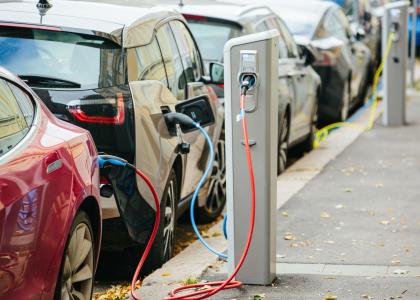Energy burden is the percentage of household income spent on home energy bills. In this report, ACEEE, along with the Energy Efficiency for All coalition, measures the energy burden of households in 48 of the largest American cities. We find that low-income, African-American, Latino, low-income multifamily, and renter households all spend a greater proportion of their income on utilities than the average family. We also identify energy efficiency as an underutilized strategy that can help reduce high energy burdens by as much as 30%. Given this potential, we describe policies and programs to ramp up energy efficiency investments in low-income and underserved communities.
[Note: see also ACEEE's updated energy burden report from 2020.]



